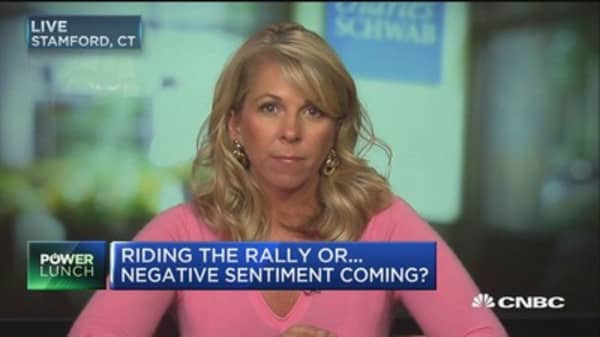After hitting 13 record closing highs in the last 14 days, investors are making the inevitable comparisons between the action in 1987 and today's Dow Jones Industrial Average.
It's quite true that the run-up in stock prices, since the November election and in the first days of 2017, has been quite impressive.
The Dow is up more than 18 percent since the November bottom and up over 7 percent year-to-date. If the current, torrid, pace of gains were to continue through August, the Dow would be up about 30 percent for the year.
While that would be quite a feat, it would still fall short of the parabolic move that drove the market up more than 36 percent from January of 1987 until August 25th of that year, when the Dow peaked at 2722, the all-time high of the "Roaring 80s."
The Dow first crossed 2,000 on January 8th, 1987 and went on a blistering rally, despite a sharp rise in interest rates that began in April; a continued and pronounced slide in the dollar that had begun in the autumn of 1985; the threat of a trade war with Germany and the overuse of aggressive program trading strategies that drove the market ever skyward.
After peaking in August, the market dropped 30 percent from its all-time high over the course of the next two months, nearly 23 percent of that coming on a single day … October 19th, 1987, also known as "Black Monday."
There are, of course, some similarities between the froth in today's market and in the behavior of stocks in 1987.
Valuations are equally high, interest rates are rising, tax cuts and de-regulation are on the agenda and our president is hailing the dawn of an American Renaissance, of sorts.




